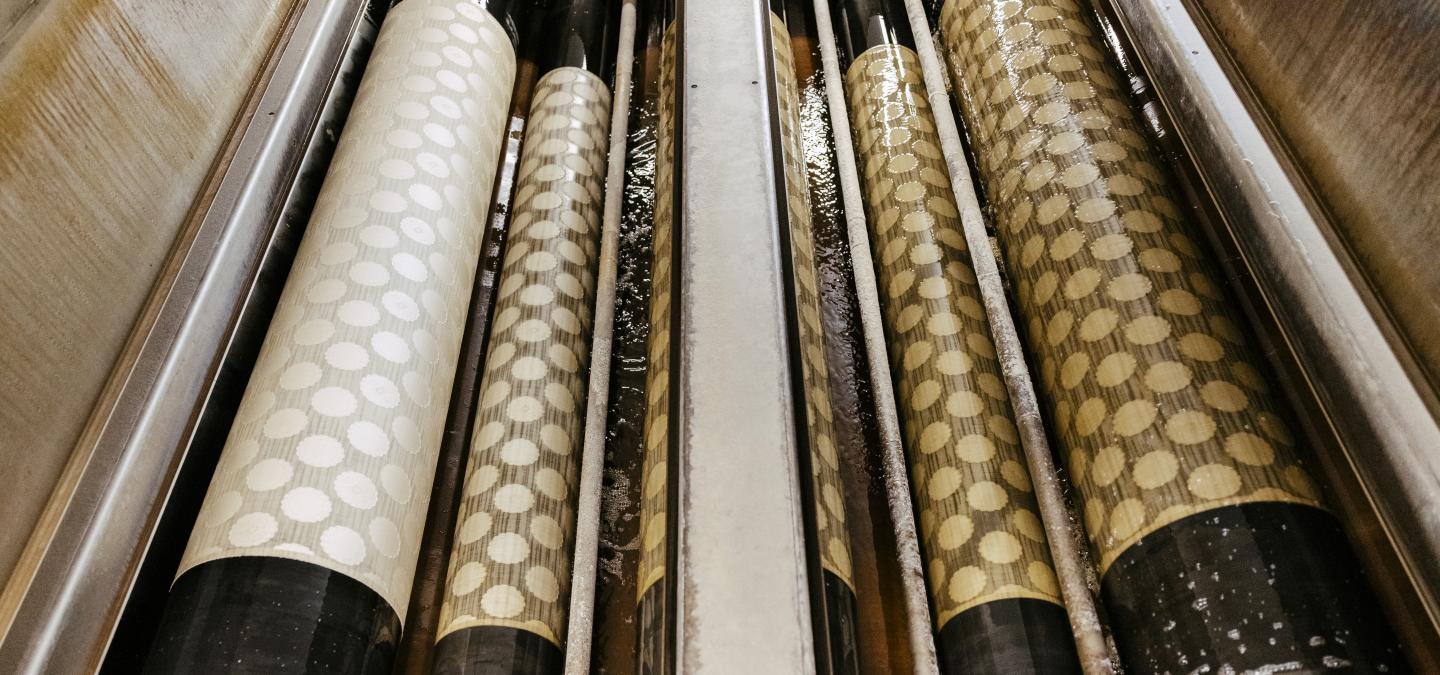

up to 200 cm fabric width

The chemical pre-treatment of fibrous materials is primarily used to remove any natural colourants and impurities from the fabric. In this way, it is possible to achieve a high degree of whiteness, good and even absorbency, and effective desizing in natural fibrous materials. Pre-treatment is subject to strict requirements and involves the use of special recipes, including some that depend on the type of fibre, layout and purpose.
When selecting a cotton pre-treatment, we distinguish between coloured fabrics and all-white fabrics. Sometimes, good absorbency and a low degree of bleaching, which is already achieved by boiling off and a short bleaching process, are sufficient. More intensive bleaching processes are used for very light and bright colours, as well as for all-white fabrics.